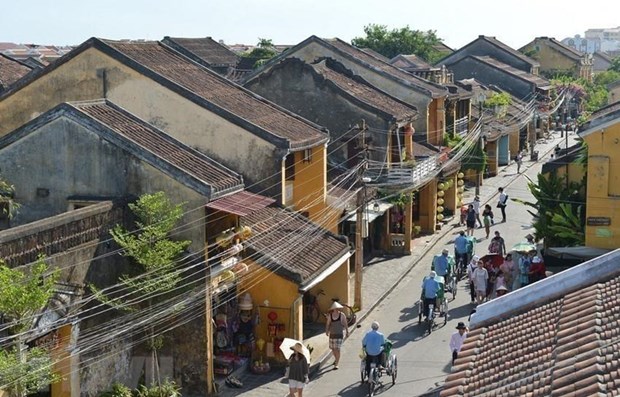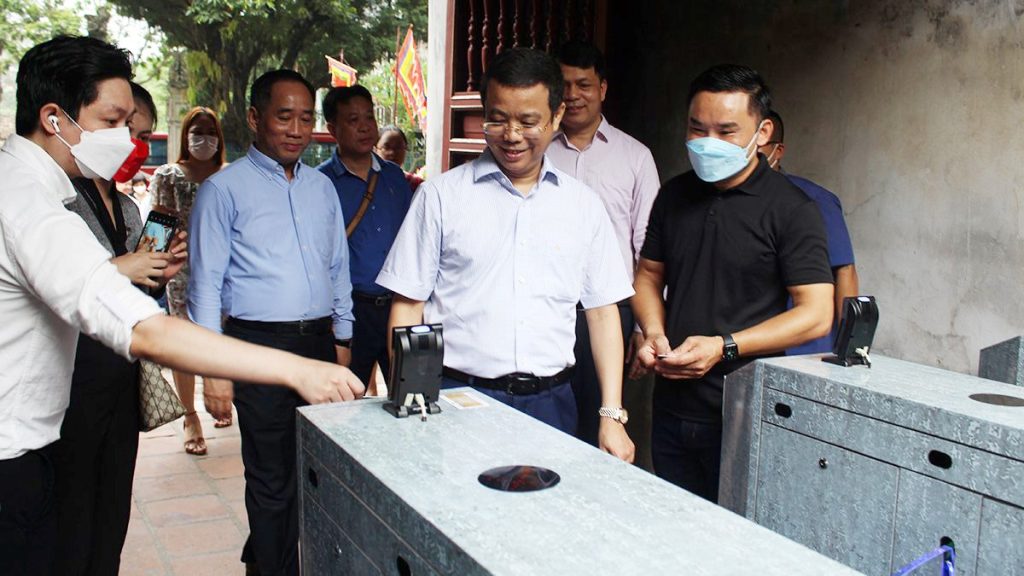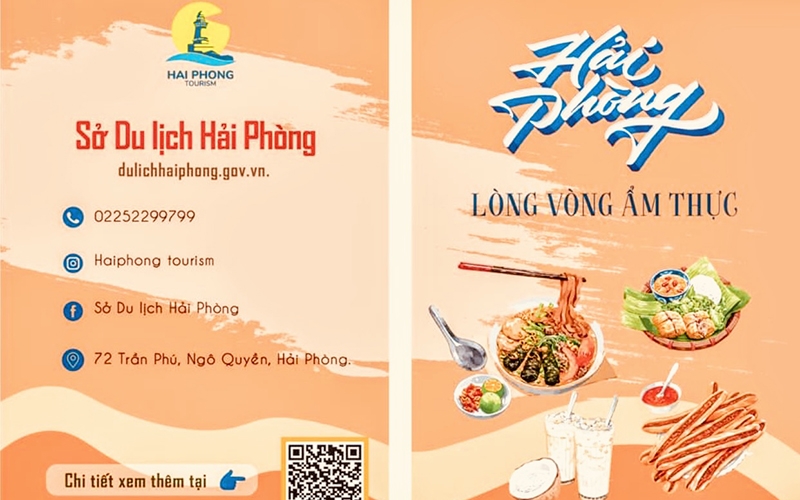(TITC) – ASEAN Clean Tourist City Standard is designed by ASEAN countries to protect the evironment, responding the climate change and contributing to sustainable development ASEAN cities. One of the priority actions noted in ASEAN Tourism Strategic Plan 2011-2015 is the enhancement of the ability of ASEAN tourism to address the climate change issue aiming increasing the quality of services and facilities in the region.
The environmental management indicator of ASEAN Clean Tourist City Standard refers to a bundle of methodologies taking a consideration of the impact on environment which can be derived from the development activities of the country, cities or is to arrange for any development project.
Detailed indicators of environmental management have the objective of encouraging all the candidacy cities to start undertaking the preventive measure against any activity which has an adverse effect on the living standards and pushing for the implementation of their urban development plan to be sure about the positive and negative impacts which might be caused by the cities’ development activities. The indicator also wishes to raise awareness of the cities about the use of renewable energy.
Urban planning measures whether land use planning, zoning, environmental planning and transportation planning are implemented by the city authorities to ensure the controlled sustainable growth of the city.
Environmental regulations measures whether environmental regulations controlling the operation of tourism businesses exist and whether they are enforced by local authority’s sanctions (i.e. for flaunting planning regulation, disregarding waste treatment rules etc.…).
Pollution (water, air and noise) assesses the level water pollution and whether it is within acceptable norms set out by official regulations. It may refer to rivers (such as Siem Reap or Phnom Penh in Cambodia), seawater along the coastal areas (such as Kompongsom and Kep in Cambodia) as well as drinking water.
It also assesses air quality in the city and the measures put in place to improve it (i.e. traffic jam reduction initiatives, use of fuel….), the level of noise pollution and whether rules are in place and enforced to keep noise within acceptable norms.
Environmentally friendly transport looks at the type transport used in the city (both public and private) and their environmental impact. The use of environmentally-friendly vehicles is encouraged (buses with pollution control mechanisms, electric cars, as well as congestion charge zones…).
Sustainable use of energy refers to energy saving and efficiency devices used in tourist businesses (eco light bulbs, on-off switches, the use of key cards, etc.…), the use of renewable energy (solar, wind, etc.…), and awareness and commitment of tourism firms to energy saving and efficiency.
Table of assessment on 5 indicators of Environmental Management
| ENVIRONMENTAL MANAGEMENT | Requirement of major criteria | Criteria | Evidence for criteria | Score | ||
| 1. Urban planning | Does the city uses its skills in city planning and implements the projects accordingly? | Is there an urban land use master plan for the city? | Prove the presence of municipal authority in charge of urbanism (contract, notice…) and the existence of an urban land use master plan for the city (provide a copy as reference) | |||
| Is it being complied with? | A municipal decree should be adopted to constitute a valid proof that the plan is reinforced | |||||
| Has the city been clearly zoned following a zoning plan? | Provide a zoning plan with phases and time lines, and showcase the result of zoning process | |||||
| Is there a transport plan for the city? | Provide a transport plan for private and public transportation | |||||
| Are environmental aspects included in the plan? | Show the presence of environmental aspects in the plan | |||||
| Are these environmental aspects respected? | Show the reinforcement and application of these environmental aspects | |||||
| 2. Environmental regulations | Are environmental regulations being implemented in the city? | Do environmental regulations controlling the operation of tourism businesses exist? | Prove the existence of environmental regulations controlling the operation of tourism businesses | |||
| Are these enforced in the city? | Prove the presence of measures aimed at enforcing environmental regulations in the city and evidences of implementation (reports shall be provided) | |||||
| 3. Pollution | Does the city fight against pollution? | Have water quality norms been set by the authorities? | Prove the existence of authorities’ decision on water quality (freshwater, seawater, drinking water) control and norms | |||
| Are these enforced in the city? | Provide list of measures taken by relevant authorities to control water quality norms | |||||
| Is water quality in the city within set norms? | Provide the schedule and results of the water quality check approved by relevant authorities | |||||
| Have air quality norms been set by the authorities in the city? | Prove the existence of authorities’ decision on air quality control and norms (local standard) as well as provide results and schedule of test approved by relevant authorities | |||||
| Are these enforced in the city? | Provide list of measures taken by relevant authorities to control air quality norms | |||||
| Have air quality and water quality been publicly announced? | Provide periodically regular report of air quality and water quality in the city and justify the types of media for announcement (TV, press…) | |||||
| Have measures been introduced by the authorities to mitigate air pollution? | Provide list of measures taken by relevant authorities to control and mitigate air pollution (for ex. traffic jam reduction initiatives, catalytic converters, use of fuel, awareness raising campaigns…) | |||||
| Are these enforced in the city? | Provide evidences of implementation of the measures to mitigate air pollution | |||||
| Have measures been introduced by the authorities to control noise pollution? | Prove the existence of authorities’ decision and measures to control noise pollution | |||||
| Are these enforced in the city? | Provide evidences of implementation of the measures to mitigate noise pollution (proofs expected: list of complaints registered for noise pollution, noise-reducing wall, ban some vehicles in the city at some specific hours…) | |||||
| 4. Environmentally friendly transport | Does the authority implement measures related to environmentally friendly transport? | Is there any public transport system in the city? | ||||
| Have the authorities introduced environmentally-friendly public transport? | ||||||
| Have the authorities imposed regulations to control pollution from traffic? | ||||||
| Are these enforced in the city? | ||||||
| What proportion of environmentally friendly vehicles and non-motorised vehicles does the public use compared to total number of vehicles? | ||||||
| Have the authorities encouraged (local) people to use non-motorised transport? | ||||||
| 5.Sustainable use of energy | Does the tourism private sector implement specific measures and/or strategies to encourage sustainable use of energy? | What proportion of hotels in the city use energy saving and efficiency devices and renewable energy? | Provide tourism industry data with a classification of hotels which use energy saving and efficiency devices/technologies (such as eco light bulbs, on-off switches, the use of key cards, etc.) and/or renewable energy (solar power, etc.). Measures taken by the hotels to encourage their guests to save energy are also needed. | |||
| What proportion of restaurants in the city use energy saving and efficiency devices and renewable energy? | Provide tourism industry data with a classification of restaurants which use energy saving and efficiency devices/technologies (such as lighting, water heating, kitchen ventilation, heating and cooling, maintenance) and/or renewable energy (solar power, etc.) | |||||
| Are tourist businesses made aware of energy-saving techniques that they can use through awareness campaigns? | Prove the presence of measures included awareness-building campaigns about energy saving techniques and energy efficiency initiative aimed at tourist businesses in the city | |||||
| Are there any incentive measures for sustainable use of energy? | Provide the list of incentive measures taken to encourage sustainable use of energy (frequency, type of action …) and the result (follow-up the use of energy efficiency methods, the decrease of amount of energy consumption, etc.) | |||||
| – Number of Detailed Indicators: 5 – Number of Criteria: 28 | Total | 28 | ||||
Tourism Information Technology Center




